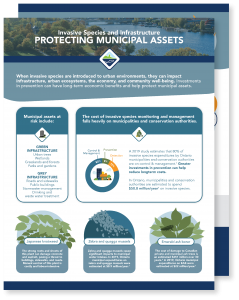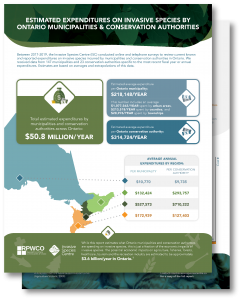Impacts of invasive species on municipal assets
When invasive species are introduced to urban environments, they can impact infrastructure, urban ecosystems, the economy, and community well-being. Investments in prevention can have long-term economic benefits and help protect municipal assets.
Municipal assets at risk include:
Green infrastructure



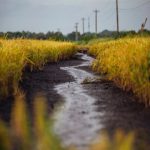
Grey infrastructure




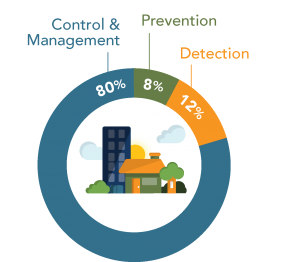
The cost of invasive species monitoring and management falls heavily on municipalities and conservation authorities.
A 2019 study estimates that 80% of invasive species expenditures by Ontario municipalities and conservation authorities are on control & management. Greater investments in prevention can help reduce longterm costs.
In Ontario, municipalities and conservation authorities are estimated to spend $50.8 million/year on invasive species.
Case study: Japanese knotweed, zebra and quagga mussels, and emerald ash borer
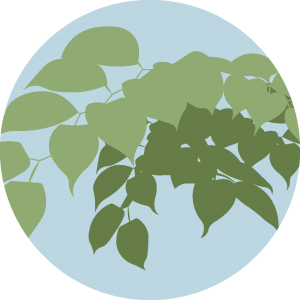
The strong roots and shoots of this plant can damage concrete and asphalt, posing a threat to buildings, sidewalks, and roads. Manual control of this plant is costly and labour-intensive.
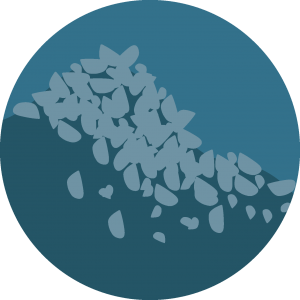
Zebra and quagga mussels cause significant impacts to municipal water intakes. In 2019, Ontario municipal expenditures on zebra and quagga mussels were estimated at $8.9 million/year.
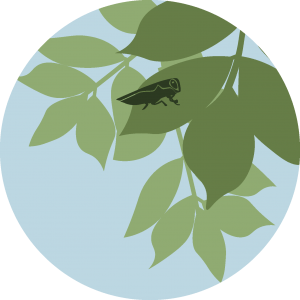
The cost of damage to Canadian private and municipal ash trees is an estimated $451 million over 30 years. In 2019, Ontario municipal expenditures on EAB were estimated at $22 million/year.
Case study: Invasive Phragmites
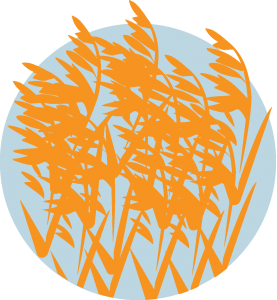
Invasive species can threaten urban ecosystems and community safety.
Invasive Phragmites is an invasive perennial grass, commonly found along roadside ditches, that forms dense monocultures and can reach heights of up to 5 m. Invasive Phragmites reduces biodiversity and threatens critical habitat and species at risk. Its dense root system can impede drainage infrastructure, causing flooding, while the height of the stalk can impact visibility at intersections and around corners, putting drivers at risk. Invasive Phragmites control projects can cost between $865-$1,112 per hectare (Ontario Biodiversity Council, 2012). In 2019, municipal spending for invasive Phragmites control in Ontario was estimated at over $2.8 million/year. Preventing the arrival of invasive Phragmites and prioritizing control of small, manageable patches are essential to reducing annual costs.
What can you do?
It’s important for municipalities to make an investment in preventing the spread of invasive species and detecting/rapidly responding to new infestations as soon as possible.
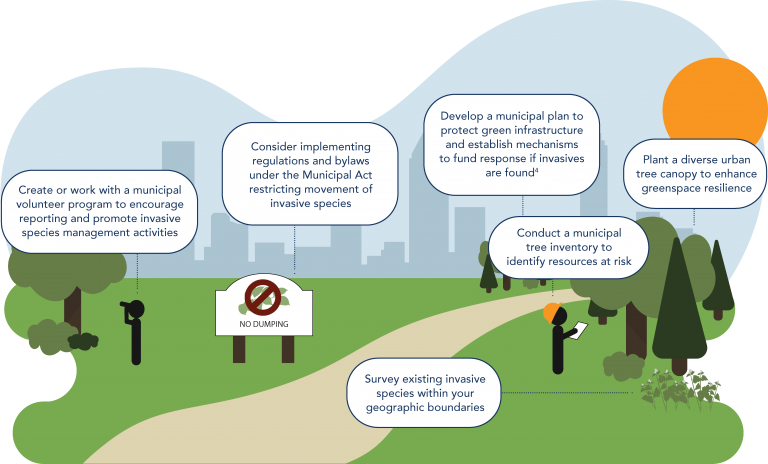
Resources
ISC Support Services
Are you interested in working with us on your future invasive species projects and initiatives?
The ISC offers a variety of services for various client groups, including land managers, municipalities, First Nations, and the private sector.
Learn more here.

